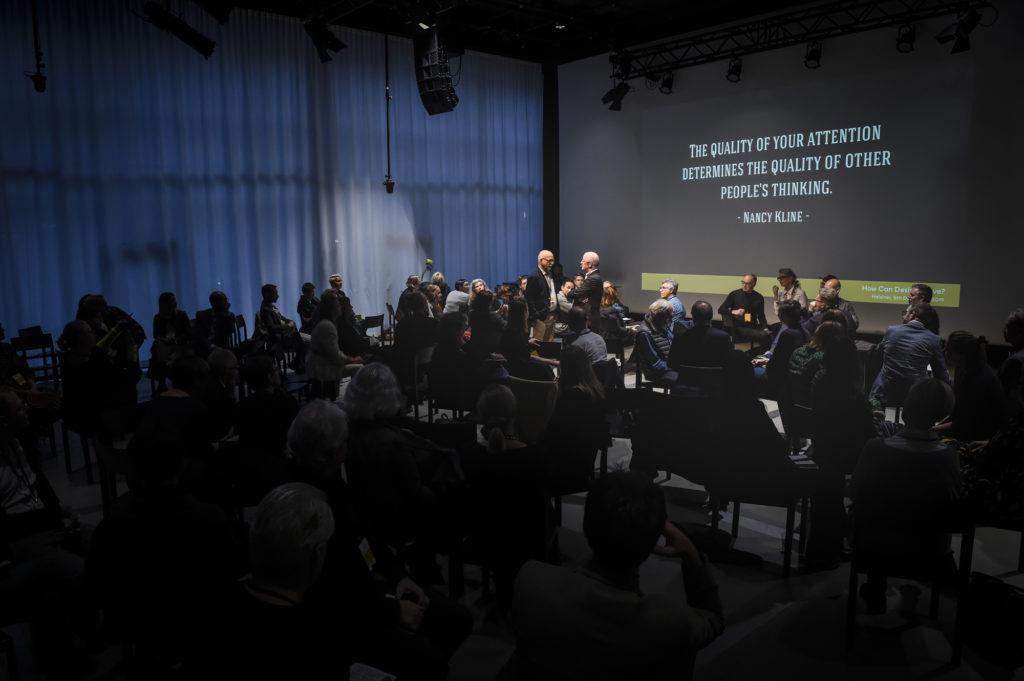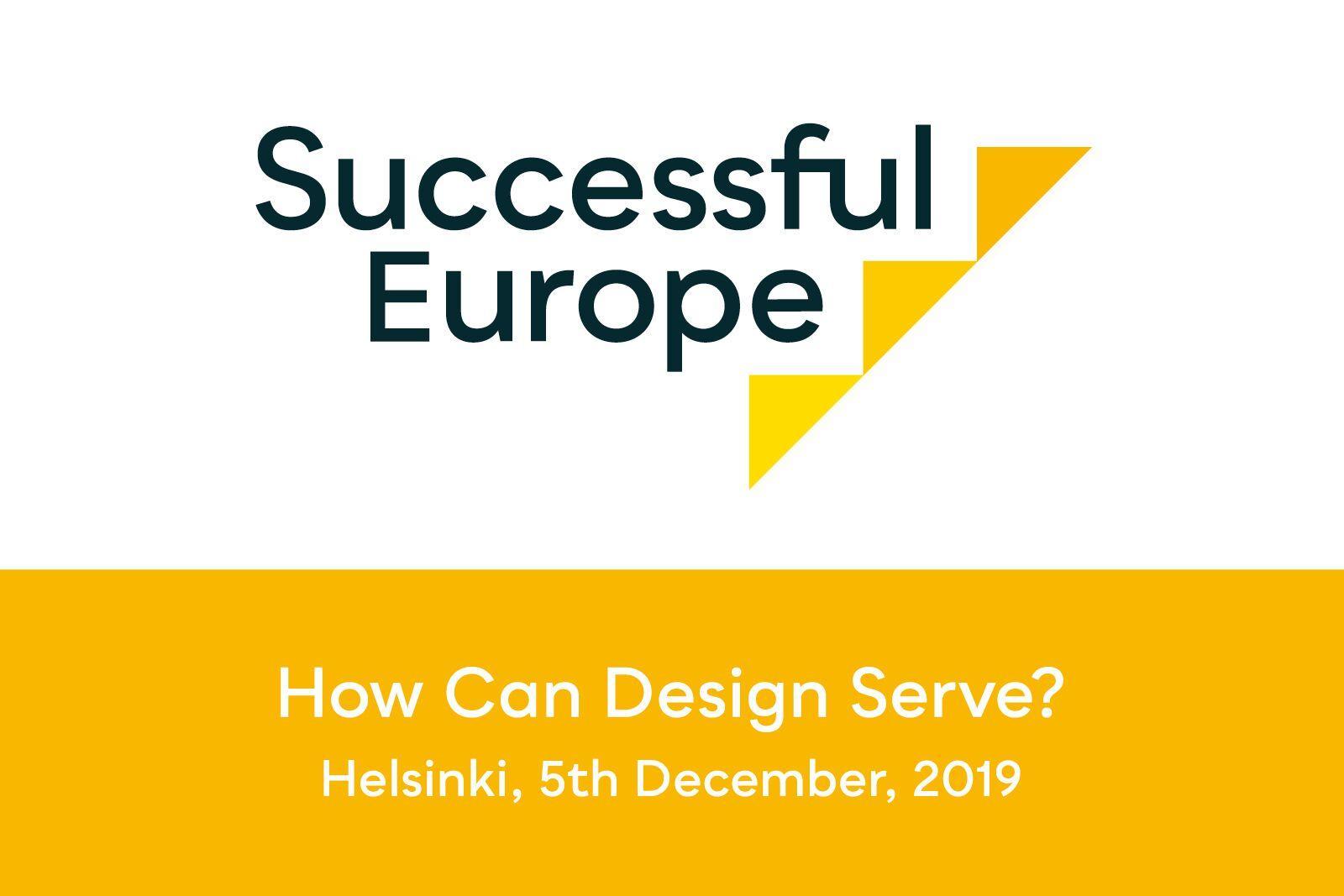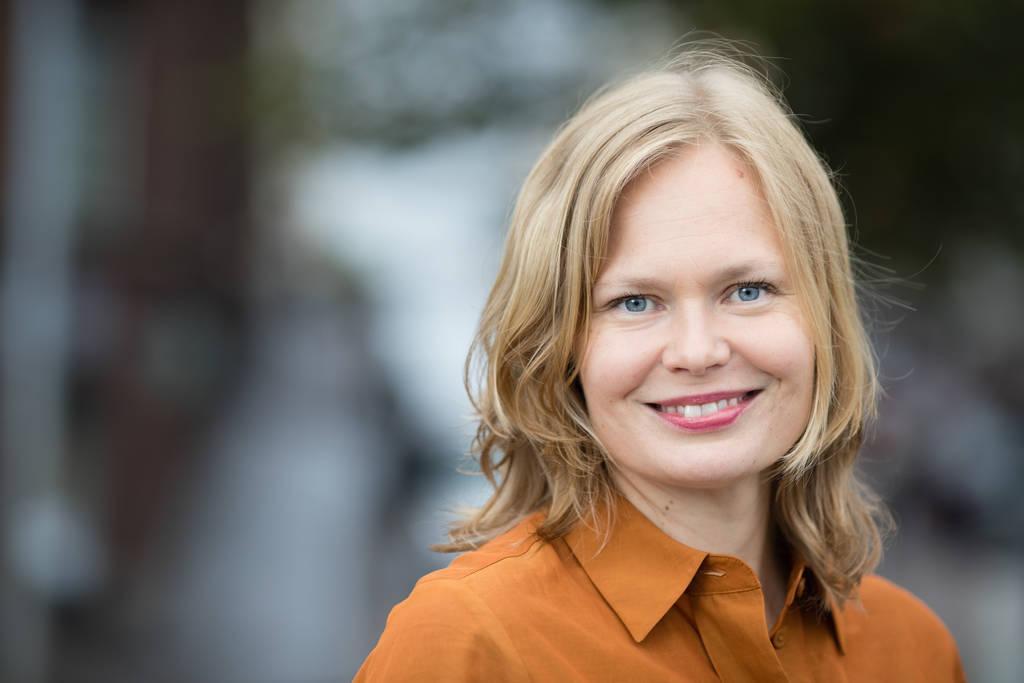Creating a new design policy in the 21st century

Europe´s future industrial policy should be green, for all, and based on fair competition. In this ambitious task, design is certainly needed in transforming our societies and businesses. Politicians
and experts are welcoming design as an integral part of our value change, and from now on the ball is in our court. Design indeed has a golden time to flourish, but how to convince politicians and decision-makers? This was carefully handled and discussed with an established group of experts from the fields of business, environment, government, policy-making, technology and design last week for the first international design policy conference “Successful Europe – How can design serve?” in Helsinki.
Moderated by BEDA’s president Päivi Tahkokallio, the intensive and collaborative day at Central Library Helsinki created a needed dialogue between design field, policy makers and relevant stakeholders in Europe. Politicians need facts and numbers in order to understand what design as a branch has to offer. This knowledge needs to be spread out widely.
Minister of science and culture, Hanna Kosonen highlighted the role of design in our everyday life in her opening speech. As a politician she stressed that politicians need better understanding of how to support the creative field with legislation in Europe and ho to enable co-working with citizens. She also reminded that design has a role in creating immaterial value, necessary for sustainable growth.
A very promising message to design field in Europe was delivered by our keynote speaker Anna Athanasopoulou, Head of Tourism, Emerging and Creative Industries at the European Commission. Athanasopoulou recognized the issue of not enough funding and invited the creative industry to look at different funding instruments e.g.: COSME
As Europe and legislation is changing our realities in the near future, Athanasopoulou foresees that design can create solutions in fields such as green transition, the shift towards circularity, sustainable production and consumption, bringing solutions closer to local communities, and human-centric technologies.
EU supports the creative industry by ensuring a favorable policy environment (policy coordination and cooperation in the fields of culture policy: audiovisual and media, industrial and international trade) and legislation (by protecting the rights of the creative industry e.g. intellectual property rights).
By the end of this year, the Commission will propose European Green Deal, which is an ambitious attempt to make Europe the first carbon-neutral continent by 2050. This includes climate neutrality, strong clean industry and social equality. New Circular Economy Action Plan in turn, on the other hand is focusing on sustainable resource use, especially in resource-intensive and high impact sectors such as textiles and construction.
Supporting small and medium-size business, finding a European solution for ethical questions related to technical innovations (5G, AI), and the need to make Europe globally stronger were also discussed.
Athanasopoulou also discussed the new political guidelines for the next European Commission.
The future is in inclusion and collaboration
Professor of Practice in Contemporary Design, Julia Lohman from Aalto University presented her experimental work with seaweed. She stressed that design needs to come up with more options than human-centric framing by building empathy and knowledge between different groups of people and also species.
Openness and equality were also handled in Tommi Laitio’s speech. As an executive Director, Culture and Leisure from Helsinki City he presented The Oodi library as an example of how values are built into the design of the public space.
Design has a special place in productivity and research
Chairman of IFRSI and former commissioner Erkki Liikanen, foresaw promising times for designers to enhance productivity of companies. Liikanen also stressed that the true potential of digitalization has not yet been reached.
“If you don’t change your taste or habits, you’re an ideal candidate for AI design. However, when the world or your lifestyle changes, human designers are needed. Only human designers understand the human experience and that is something AI is not able to replace”, Liikanen told the audience.
After an intensive workshop afternoon at Maijansali the audience had a chance to hear an example of design methods integrated into science making process. In his closing speech, president and CEO of VTT Antti Vasara presented his organisations goals in building a sustainable yet competitive Europe.
“How do we invest in research and innovation, is really in the heart of the new commission. It is important to explain to decision makers why it makes sense to fund research.”, he claimed.
Vasara’s effort in EU’s 2030 High Level Industrial Roundtable was also handled. See a list of actions for the next commission here.
BEDA: Towards a Next Generation Design Policy for Europe
Ornamo: Design as a Driver for Change in Society and Sustainable Development



